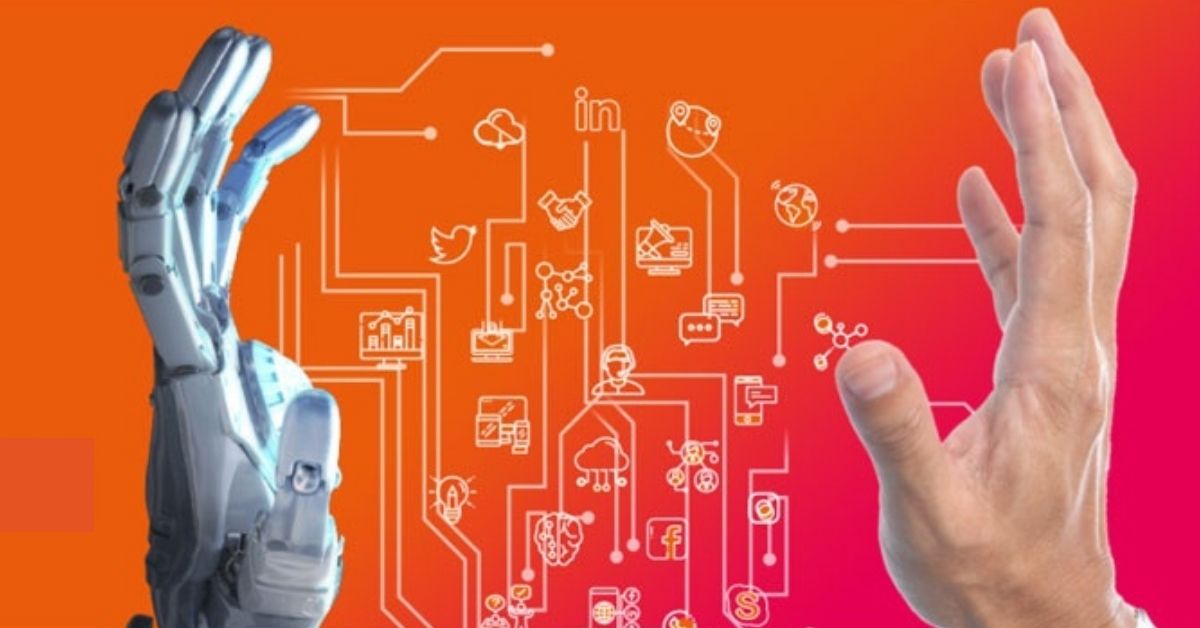For this 5th interview, I had the pleasure to have a chat with the founder of Novelis Consulting. Innovation being the heart of its strategy, the subject of Automation does not leave Novelis Consulting indifferent, but let Mehdi Nafe express it in its own words!
Question 1 : Hello Mehdi, to start, could you please introduce yourself as well as your Novelis Consulting structure, its positioning, and your objectives?
I am Mehdi Nafe, co-founder and CEO of the Novelis group. I am an engineer by education and a projects’ man. I have spent most of my career in managing digital transformation programs.
Novelis is a young and dynamic company, that was founded on strong values with a focus on Research and Innovation. Our activities revolve around 2 major pillars: R&D Lab and Services.
As part of the Services entity, we are working on various projects related to the automation and transformation of digital uses, both for our customers and for the general public.
Within the Research & Development Lab, we address trending technological topics such as : artificial intelligence, connected objects, virtual reality, Devops, etc.
Novelis positions itself as a horizontal management, far from the layers of hierarchy or rigid and authoritarian organizations. We give our employees a breathing space to be important players in their careers and their progress.
Novelis clearly positions itself on a horizontal management mode, far from hierarchical layers or rigid and authoritarian organizations
At Novelis, we value people, teamwork, audacity, innovation, and the courage to take initiatives. As a supplier of an RPA software suite, we can see that more and more companies are integrating the subject of automation in their reflections and roadmap. What are your views on the issue at Novelis?
To begin with, we share this observation regarding the awareness of the RPA subject as an alternative, in certain cases, of so-called “classic” IT projects. It is obvious that an IT department is capable of addressing, via IT projects, most of the business needs that it’s assigned to tackle. However, these projects are not always “interesting” from a time-to-market or complexity of architecture perspective.
We should also note that not all processes can be automated : you should not force certain application methods with an ideological approach. It must be accepted that certain processes are only partially automated.
Do not force certain application cases with an ideological approach.
There is a real alternative that is RPA, which has a similarly interesting potential on ROI. Not to mention that at Novelis, we are also interested in this technology from the angle of “bridges” that can be established with Artificial Intelligence, further strengthening the pool of possibilities.Question 3 : Through your experience related to the projects, and to your own studies and benchmarks carried out internally, what do you personally think an automation and RPA solution brings to organizations? What makes the choice of this technology relevant? For what types of processes?
In my opinion, the first of the values provided is the multiplication of the means offered by the RPA to businesses. This intrinsic possibility of being able to do more without impacting the number of resources required.
The “time-to-market” argument is also interesting because automation projects allow faster production. There is also the fact of being able to have a concrete and rapid vision of what is being automated.
Another force to be noted is the weak adhesion of the RPA to the IS. Today companies have a lot of applications, security to be maintained, and growth issues to take into consideration. The fact that RPA is just a consumer of IS, this dimension which is really non-intrusive, is a decisive advantage.
Another strength to note, the low adhesion of the RPA to the IS
I would also add the fact that launching an RPA project is also an opportunity to adapt and optimize organizational processes, rework them, and therefore offer the opportunity of a better user experience and increased efficiency.Question 4 : The RPA software market has many players. What are, from your point of view at Novelis, the key criteria that allow you to choose one RPA solution over another?
First of all we should take into account that the chosen solution must be capable of offering both Robotic Process Automation (autonomous robots on servers) and Desktop Process Automation.
Second, from a Novelis point of view, the ability to support and integrate external modules is very important. It increases the possibilities to benefit from better functional coverage in line with the processes themselves.
Finally, even with the mentioned elements, stability, reliability, and the level of maturity of the solution must be taken into account. Our selection of solutions, that have proven themselves within those boundaries and with which we are sharing a roadmap and positioning over the years, is definitely based on the combination of all the mentioned factors.Question 5 : At Novelis, what is the approach you offer your clients when it comes to RPA? What do you think sets you apart from the competition? What about the parts related to consulting itself, and the delivery – run part?
At Novelis, we obviously offer the ability to integrate and deploy RPA projects in different forms, first by understanding the process to be automated, presenting our recommendations, and finally the development and maintenance of the solutions.
That said, we differentiate ourselves on the potential linked to our R&D Laboratory, in particular the AI part. Again, it’s about being able to seamlessly bring an added value into the project itself.
As an extension of this approach, we note two key points :
- OCR Support : All the solutions more or less integrate this subject but we have the ambition to go even further with our R&D Laboratory. This is important because reading documents and images is a significant element in Front & Back Office organizational and operational processing.
- NLP Support : It is there through AI and Machine Learning, to offer a better understanding and interpretation of unstructured data. This data is the input of most processes, so a proper analysis is inevitable to be able to increase the number of eligible and usable cases.
In reality, we really propose to “push” the natural boundaries of RPA, while relying on the roadmaps of the manufacturers, of course. Our mission is to bring in a state of open possibilities in order to offer an increased added value to the optimized and revised processes.Question 6 : What is the unanswered question that you would like to answer when it comes to RPA?
It’s okay to ask questions, it’s all legitimate. Do robots replace humans? No, you have to take a step back and keep in mind a historical perspective.
RPA and AI impact organizations as previous technological developments have also revolutionized daily work.
This is a positive change. For 100 people to do the work of 110 is to give oneself the capacity to do better and to reduce the number of errors and stress levels. What remain for people are the tasks and functions that bring the highest value. It’s only human to be focused on what is most meaningful, most valuable, and the processes where empathy and taking responsibility are decisive. Of course, there will also be abuse, let’s not be naïve, but it will not come from the tool itself but from its use.
At Novelis, we are realistic and optimistic. We are therefore completely convinced that this is a solution of progress, and social growth.
Thank you for your time, Mehdi! For readers who wish to know more about what Novelis has to offer, do not hesitate to contact Mehdi directly on Linkedin, it’s here. For those who want to contact me, you know how to do it. See you soon for a new interview.
![Podcast #Diveintothefuture: 2026 the year of automation [AUDIO]](https://novelis.io/wp-content/uploads/2021/05/images-61.png)
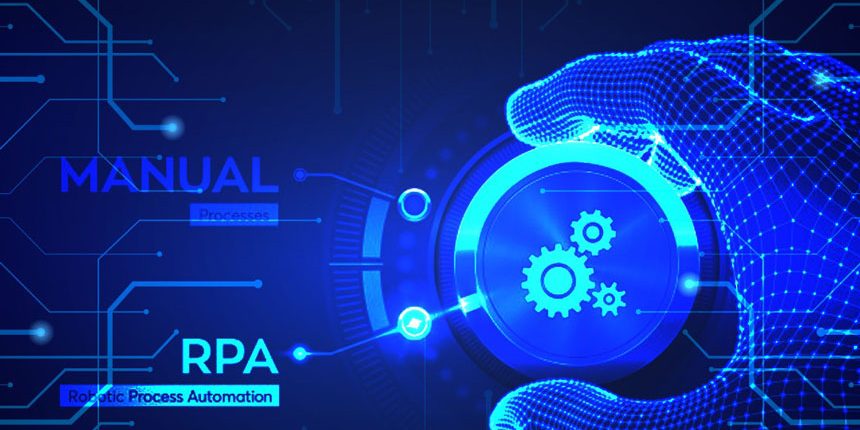


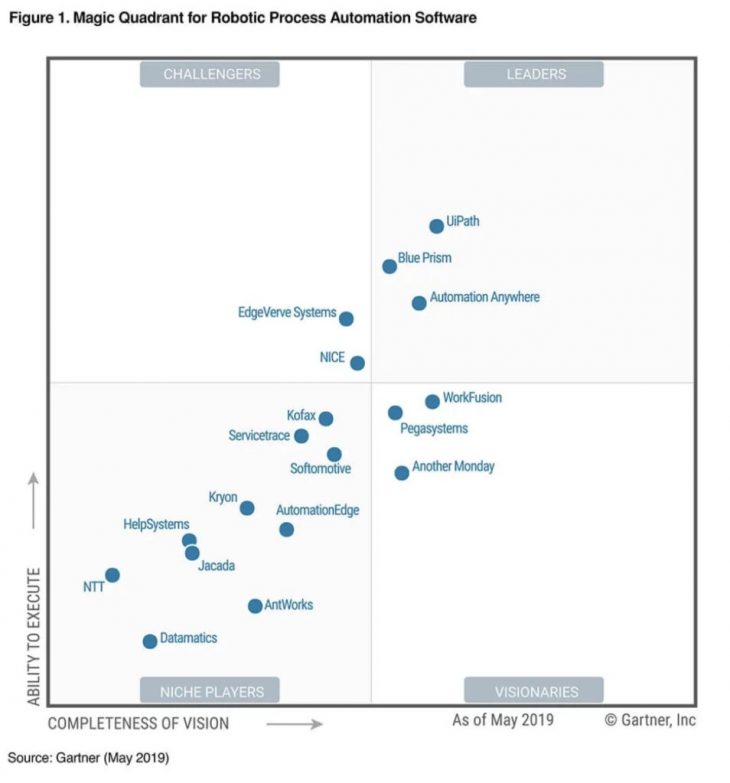
![[Paris User Group] Decipher IDP: Moving from automation 1.0 to intelligent automation](https://novelis.io/wp-content/uploads/2022/11/Design-pour-evenement-linkedin-4.jpg)





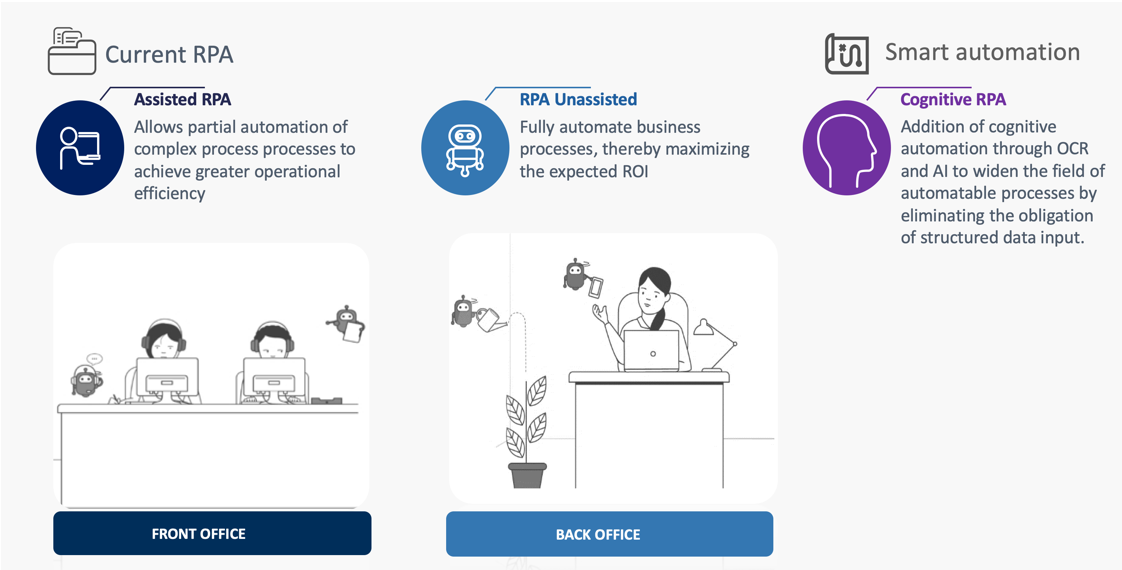

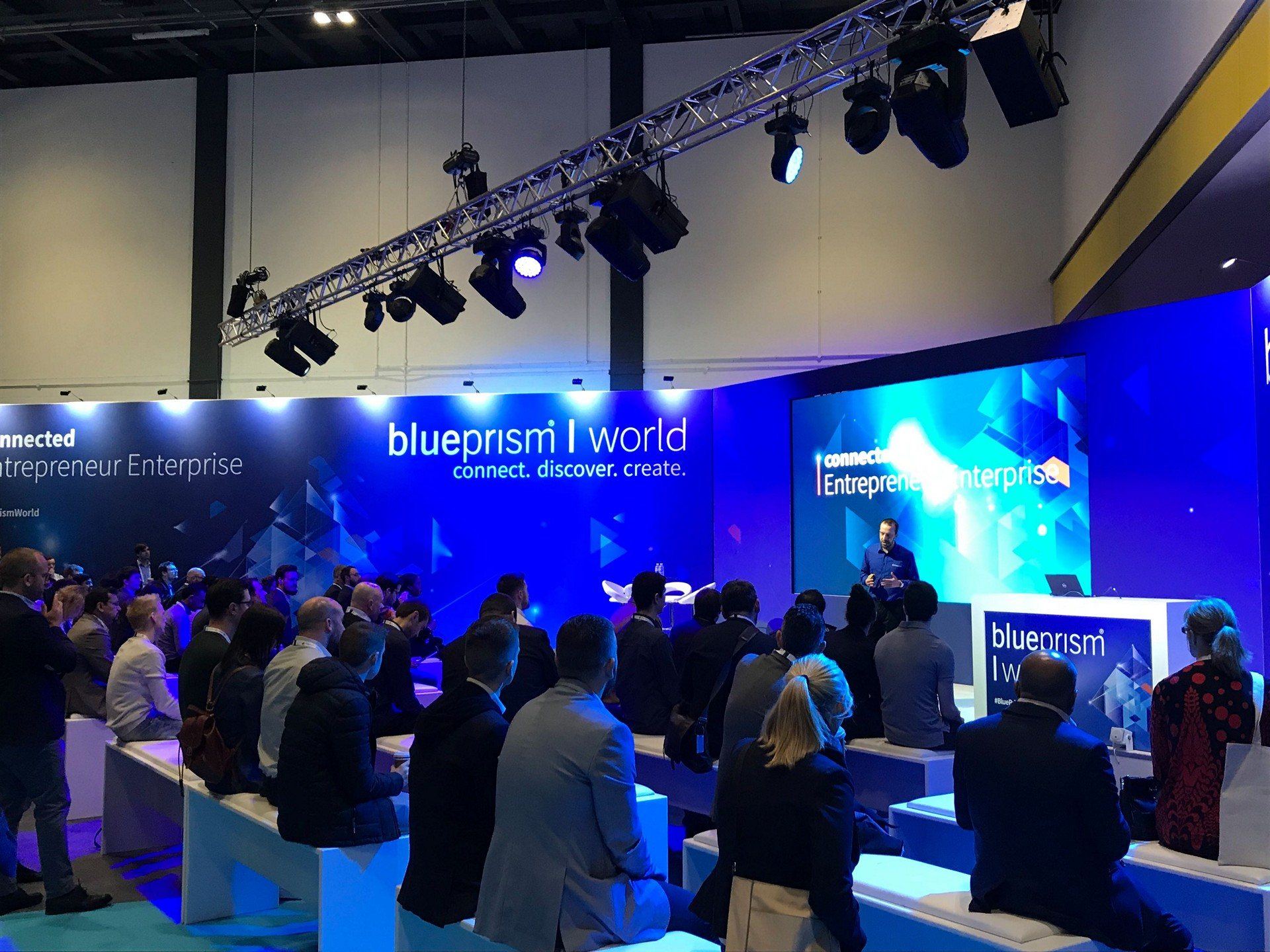
![[Webinar] RPA: a solution to the challenges of the insurance industry](https://novelis.io/wp-content/uploads/2022/04/Taille-banniere-site-Blog-17.jpg)
